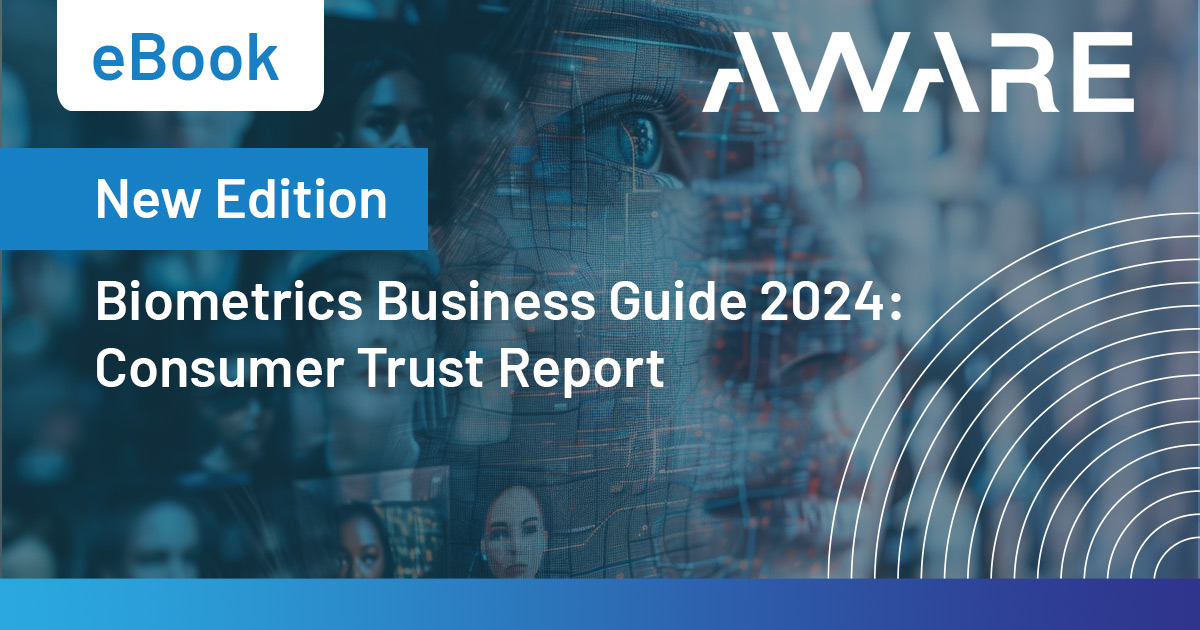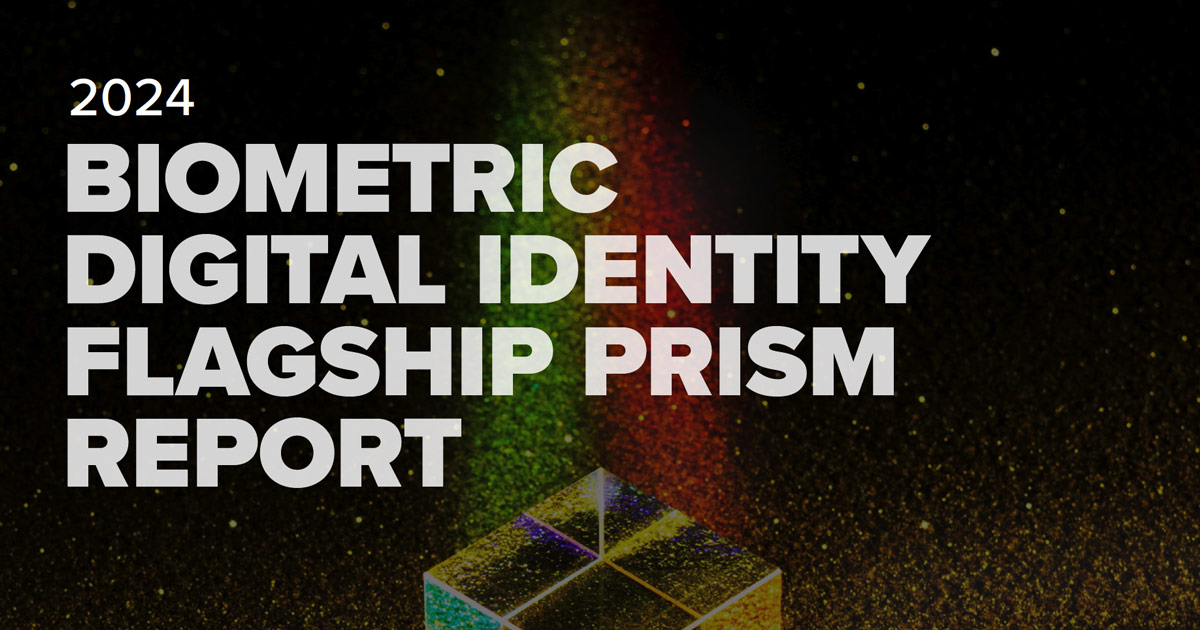Biometrics Security: The Untapped Opportunity for MSPs
From Craig Herman, Jonathan Browning, and Alex Perala
This article first appeared on ChannelPro Insider.
Craig Herman, chief revenue officer of Aware Inc., sat down recently with ChannelPro Executive Editor Jonathan Browning and FindBiometrics Editor-in-Chief Alex Perala to talk about ways that MSPs can capitalize on identity management opportunities.

This Q&A has been condensed for length and clarity. The full recording is part of FindBiometrics’ ID Talk podcast episode here.
Alex Perala: Craig, I wanted to start by asking if Aware works with MSPs? Is that is that a big area of focus area for your company?
Craig Herman: Absolutely. Aware has been around for over over 30 years and a portion of that time in the biometrics space. During that time, we have worked with MSPs across the board, whether it’s commercial, financial services, retail, government — both U.S. and international governments. But just over the past eight months, we’ve built out much more of an ecosystem of partners. It’s foundational for us because biometrics works really well when it’s part of a workflow, not the workflow itself. We can help if you need a product completely built out or just specific components of the solution. The MSP can take those pieces and basically insert it into the current workflow. That’s where we really see how we work the strongest with MSPs and other partners.
Jonathan Browning: What would you say is driving your success in this space?
Herman: I think the flexibility is one piece when it comes to to our approach. It’s a crowded marketplace where there are a lot of different players focusing in a lot of different things. What we do is offer a platform that’s very configurable. If the customer says, “I just want to do a face or fingerprint scanning. I want to insert it into an online workflow or access control workflow onsite,” we can help with that.
Second, I’ll mention the breadth of the platform. A lot of players today are focused on face or on palm scanning. There are all kinds of biometrics available and we offer one platform that can service all of those different models. [MSPs are familiar with] multi-factor authentication, but think about the ways different biometrics methods can step up security. I’ll give you an example. If I’m logging into my online gaming account like Draft Kings or something like that, I want it to be a really easy process. I don’t want a lot of friction, so face recognition might be enough. But when I want to withdraw money, there can be another layer of biometrics, for instance, voice. So now, a fraudster has to step up their game and try to figure out multiple ways of fooling the system.
The third thing is thought leadership. Aware holds over 80 patents. We have been working with governments and law enforcement like the FBI, CIA, DoD, and DOJ for a number of years. We have taken this functionality and toolset, and built it out further for commercial businesses. That gives our partners the assurance that there’s a solid foundation behind us. We help them in process of [implementing biometrics] especially if it’s an MSP that is just getting into this type of market.
Perala: Are MSPs coming to you? Or are existing clients approaching you and saying they want to work with an MSP? What does it usually look like in terms of implementing whatever it is that the customer wants?
Herman: Really interesting question, Alex. With most of our direct clients, there’s usually an MSP involved. We’re not a service as organization and don’t want to be. We are a product-building innovation company, a software company first and foremost. So when the customer comes direct to us and says, “We want to build out a workflow for a specific application,” usually, we’re going to leverage an MSP. Either someone they’ve worked with or we’ve worked with. In some cases, the customer has all of the resources that they’re going to try and do it all in house.
What we have seen more recently — and when I say recently, I would say just in the last six to eight months — is more MSPs want to talk about how they layer this in as a service they can provide.
Browning: Is that layering on difficult or time consuming? If an MSP approaches you and says, “This isn’t an area of expertise for me, but it it’s something that I’m interested in adding,” how does it work?
Herman: We call it biometrics-in-a-box when we bring on new MSPs and partners. We give them the education that we would give anyone of our employees. We want them to have an understanding of biometrics and how our different solutions work. Obviously, that includes a lot of documentation and technical videos. But we also have an enablement program and curriculum that starts in the first 60 days and continues over the lifetime of the partnership.
Perala: Deepfakes comes up often in our coverage. Is it something MSPs or other customers are hyper aware of? Or do you need to educate them about the potential threat?
Herman: Folks are hyper aware of it. It is part of every conversation we’re having right now. My 86-year-old dad knows about deepfakes; he’s seen the videos. But education is still needed. Really what we’re doing a lot of is educating folks on AI tools, data, and machine learning. Now, with [malicious] AI tools more accessible and easier to use than ever, it’s going to get much harder to detect deepfakes. It’s the No. 1 topic, not just for people who understand biometrics, but for business owners across all of the markets.
Browning: How are you using AI and machine learning at Aware?
Herman: We’ve been using AI machine learning for a number of years before it was something that everyone talked about. We’re able to leverage different data sets from different real-life scenarios. The strength of AI is the data. The more data it gets, the smarter it is. The algorithms that we’re building by leveraging our machine learning and AI are just that much more powerful because of our 30 years of data and our research, which is integral to the products we have.
Browning: What’s your advice to an MSP or another business that is considering biometrics? They haven’t taken the jump yet, but they’re starting to do their due diligence.
Herman: Not to be self serving, but I would simply ask [if their potential partners] have experience in this market. What type of investment are they making on the research and innovation side? Who have they worked with? Are they partner-centric?
The other piece is that the customers and their organizations might be interested but may not be ready to move forward. The first step is education. The quicker that they can get up to speed on how they could use biometrics, whether in cybersecurity or elsewhere, the faster they can adopt it. Biometrics can make things more secure but actually is less restrictive. Friction is a constant battle for every organization. How do I give my customers access but also secure them? Biometrics is a solution that should be part of that conversation. MSPs want to be the ones bringing things to their customers, saying, “This is something you should look at.”
Lastly, look for a partner that is going to be an educational resource and help work with your customers, rather than just handle the nuts and bolts of an implementation and provide documentation.


